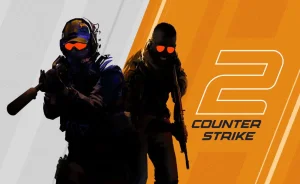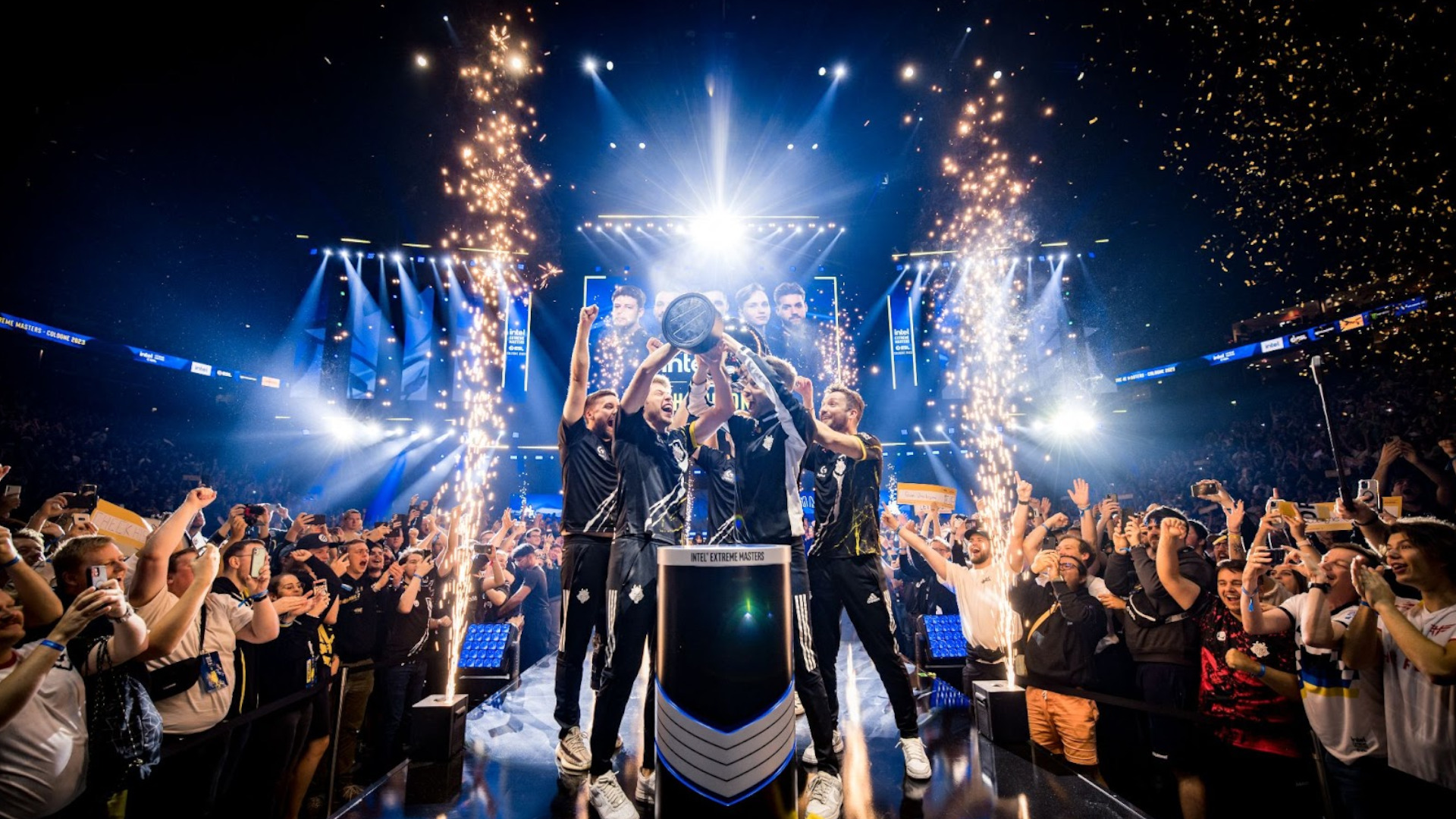Valve, the creators behind Counter-Strike, have announced a series of groundbreaking regulations set to govern competitive CS2 tournaments starting in 2025. These new rules are designed to streamline the CS2 esports ecosystem and foster an environment where teams are primarily judged on skill.
Overview of New Regulations
The new regulations, outlined in Valve’s recent blog post titled “Open Season,” encompass several key changes aimed at enhancing the professionalism and structure of CS2 tournaments:
- Invitation and Qualification Criteria: Tournaments will be categorized into either qualifying or non-qualifying events based on Valve’s official rankings. Qualifying events lead to invitations to Majors, while non-qualifying events are capped at a maximum prize pool of $100,000 per tournament or $250,000 annually for organizers hosting multiple non-qualifying events.
- Tier Definitions: Valve has formally defined tournament tiers, with Tier 1 events requiring invitations to top-ranked regional teams and a minimum of 16 participating teams. This ensures that top-tier events consistently feature the best-ranked teams from Valve’s regional rankings.
- Wildcard Entries: Organizers have the flexibility to invite wildcard teams to tournaments, with rules allowing for up to two wildcard invitations per eight participating teams in the main event. Wildcard teams, however, cannot directly participate as wildcards in the main tournament itself.
- Wildcard Events: Valve permits organizers to host wildcard events alongside Tier 1 tournaments. These wildcard events can feature an unlimited number of wildcard invitations, providing additional opportunities for teams to compete outside the standard qualification process.
- Advanced Tournament Announcements: To enhance tournament stability and planning, Valve mandates that all tournaments scheduled for 2025 onwards must be announced by September 1, 2024. This advanced notice requirement extends further for subsequent years, ensuring a well-structured and pre-planned tournament calendar.

Implications for the CS2 Community
These regulatory changes mark a significant step towards professionalizing CS2 esports, offering clearer pathways for teams to compete at the highest levels while maintaining competitive integrity.
By formalizing tier classifications and refining invitation protocols, Valve aims to elevate CS2 tournaments into cohesive and prestigious events within the global esports landscape.
Conclusion
As esports enthusiasts await the implementation of these new rules, the CS2 community anticipates an era of heightened competition and strategic planning. Stay tuned as Valve continues to refine and implement these regulations, shaping the future of competitive Counter-Strike.
Esports World Cup Counter Strike: Teams, Prize Pool, and Title Contenders

